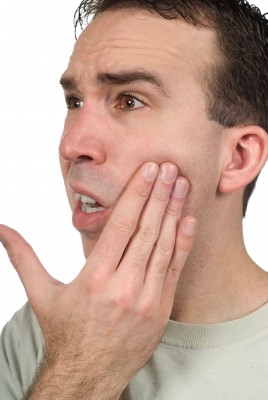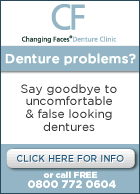One in five US adults need to manage dental erosion and hypersensitivity

Approximately one in five adults (more commonly aged between 30 and 40 years) in the United States are affected by dental hypersensitivity: tooth pain or discomfort caused by exposure of dentin due to damaged enamel.
The World Health Organisation defines dental erosion as advancing and unalterable dental hard tissue loss from chemical etching of the tooth surface by extrinsic and/or intrinsic acids through a non-bacterial and non-dental pathological process. The resulting hypersensitivity is experienced as sharp and sudden pain when teeth feel touch of hot, cold, chemical and mechanical stimuli. Main causes of dental hypersensitivity are attributed to oral care, such as excessive tooth whitening or cleaning with home kits that can wear tooth enamel, diets where acid erodes tooth enamel, and gingival recession from either tooth decay or gum irritation due to over-flossing or use of tooth picks.
Pain is felt because nerve fibres in the dentinal tubule leading to the tooth pulp are exposed. Depending on the severity of symptoms and diagnosis, treatment options may include preventing fluid flow by plugging the dentinal tubules or desensitising the tooth nerve. Other management techniques may include use of desensitising toothpaste and administering calcium compound, sodium fluoride and methacrylic polymer composite restoration treatments. Tooth erosion should be monitored to prevent tooth decay and disease.
Join this Discussion









